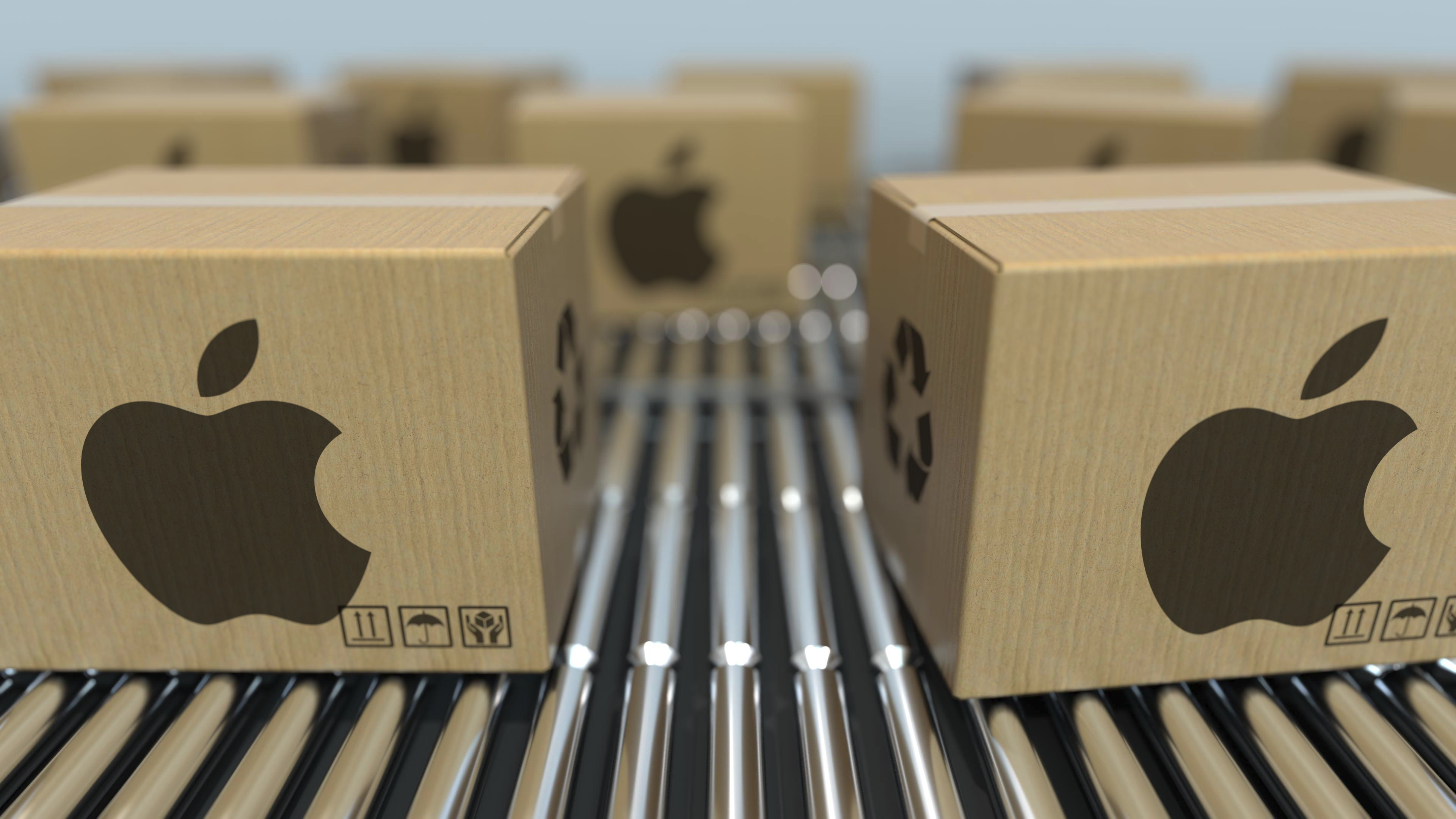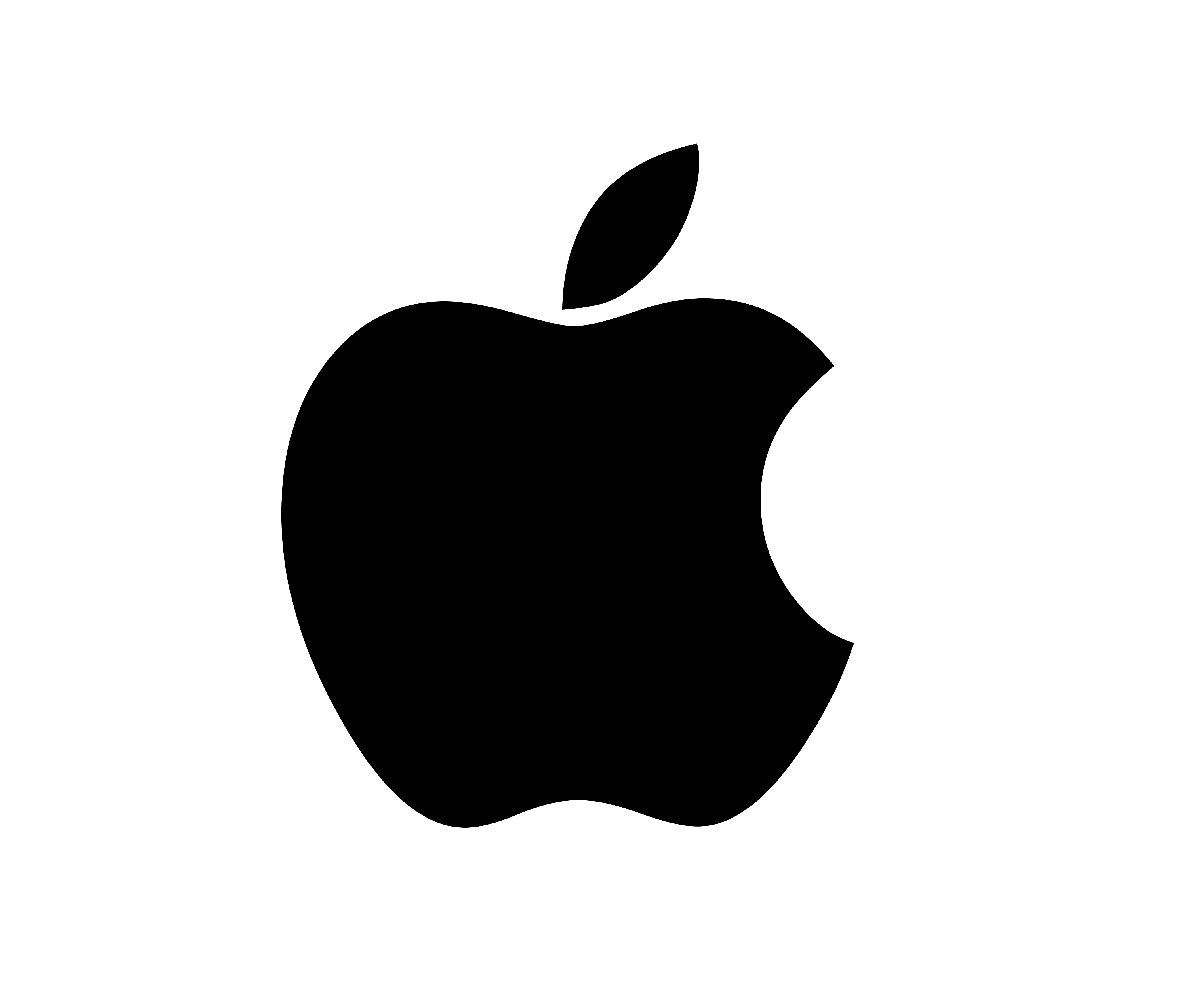Microsoft’s “moonshot” climate initiative nets 6% carbon reduction
Executive pay will be partially based on environmental performance in 2021


Microsoft released its first sustainability report since announcing a “moonshot” program to combat climate change in 2020. The report admits there's a long way to go, but the numbers show Microsoft's commitments are more than just hot air.
The company began making good on its sustainability goals with a 6% carbon emissions reduction, bringing it down from 11.6 million metric tons to 10.9 metric tons. That’s a reduction of around 730,000 tons, said Microsoft president Brad Smith in a blog post detailing its climate achievements over the last 12 months.
Microsoft used various techniques to cut carbon emissions, including fulfilling a 2020 commitment to expand its internal emissions tax. It now includes what it calls “Scope 3” emissions from external sources — namely suppliers and customers.
Its internal divisions pay $5 for each ton of carbon emitted by its suppliers or when customers use its products and services. The Xbox division responded to the tax by lowering the power draw on gaming consoles from 15 watts to just 2 watts, Smith said.
Microsoft complements its carbon-reduction strategy with another effort to remove existing carbon from the atmosphere. To that end, Microsoft has paid to remove 1.3 million tons of carbon across 26 projects operated by 15 suppliers.
The company published the data about its environmental progress in its sustainability report, which revealed that renewable energy amounted to 95.2% of its overall energy usage. Most of that energy came from renewable energy credits and power-purchase agreements, such as a 500-megawatt deal it signed with Sol Systems in June 2020.
Microsoft is encouraging more executive-level commitment by using sustainability progress to determine executive pay beginning in 2021, including CEO Satya Nadella’s compensation.
Get the ITPro daily newsletter
Sign up today and you will receive a free copy of our Future Focus 2025 report - the leading guidance on AI, cybersecurity and other IT challenges as per 700+ senior executives
The company launched the sustainability initiative last January to be carbon negative by 2030. So, within the next nine years, Microsoft must remove more carbon from the environment than it puts into it.
By 2050, Microsoft aims to have neutralized all of its historical emissions, negating its past carbon footprint.
Smith called for more innovative solutions than simply buying carbon credits that effectively offload carbon reduction onto other organizations. "It’s imperative that we move away from paying for carbon avoidance and focus on paying for carbon removal," he said, adding: "Paying someone not to emit carbon is literally paying someone to do nothing. And we know we won’t solve the climate crisis by doing nothing. We need to do something, and it needs to be big."
Danny Bradbury has been a print journalist specialising in technology since 1989 and a freelance writer since 1994. He has written for national publications on both sides of the Atlantic and has won awards for his investigative cybersecurity journalism work and his arts and culture writing.
Danny writes about many different technology issues for audiences ranging from consumers through to software developers and CIOs. He also ghostwrites articles for many C-suite business executives in the technology sector and has worked as a presenter for multiple webinars and podcasts.
-
 Bigger salaries, more burnout: Is the CISO role in crisis?
Bigger salaries, more burnout: Is the CISO role in crisis?In-depth CISOs are more stressed than ever before – but why is this and what can be done?
By Kate O'Flaherty Published
-
 Cheap cyber crime kits can be bought on the dark web for less than $25
Cheap cyber crime kits can be bought on the dark web for less than $25News Research from NordVPN shows phishing kits are now widely available on the dark web and via messaging apps like Telegram, and are often selling for less than $25.
By Emma Woollacott Published
-
 Microsoft helps protect Amazon rainforest with AI project
Microsoft helps protect Amazon rainforest with AI projectNews Microsoft AI for Good project funds rainforest protection project
By Danny Bradbury Published
-
 Apple pledges to be 100% carbon neutral by 2030
Apple pledges to be 100% carbon neutral by 2030News “Businesses have a profound opportunity to help build a more sustainable future,” said Apple CEO, Tim Cook
By Sarah Brennan Published
-
 Apple makes $850m solar energy commitment in California
Apple makes $850m solar energy commitment in CaliforniaNews Apple will use solar energy to power retail stores, datacentres and office spaces
By Caroline Donnelly Published
-
 Apple calls on companies to copy its stance on green issues
Apple calls on companies to copy its stance on green issuesNews Apple has taken out full page ads, urging firms to follow its lead on becoming environmentally friendly
By Kyle Nazario Published
-
 Apple's green U-turn welcomed by EPEAT
Apple's green U-turn welcomed by EPEATNews Consumer electronics giant admits removing products from environmental registry was a "mistake".
By Caroline Donnelly Published
-
 Google tops Greenpeace Cool IT list
Google tops Greenpeace Cool IT listNews Greenpeace may be pleased with Google's progress, but the rest of the industry isn't doing enough, according to the pressure group.
By Kellan Howell Published
-
 Cambridge receives six-figure Google research grant
Cambridge receives six-figure Google research grantNews The search giant today announced funding of $5.7 million for a variety of research projects, with Cambridge the only non-US university to benefit.
By Martin James Published
-
 Carbon researcher never mentioned Google
Carbon researcher never mentioned GoogleNews The scientist whose research was picked up an example of Google's threat to the environment slams the journalists involved for some of the claims made in their story.
By Asavin Wattanajantra Published